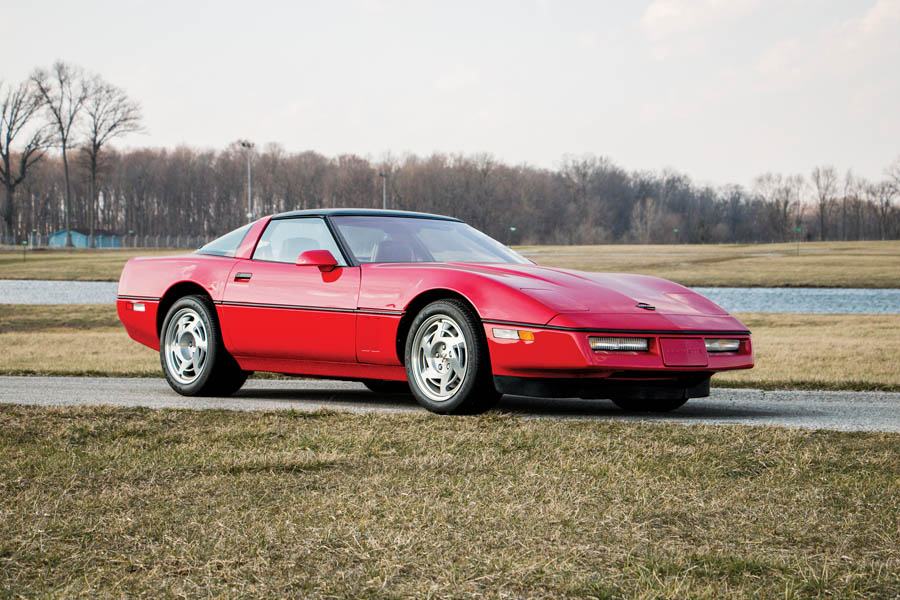- One of 3,032 ZR-1s built for 1990
- All-original condition with 953 miles showing
- 375-hp, 4-cam, 32-valve LT5 engine
- Normal and full engine power key
- 6-speed manual transmission
- Electronic Selective Ride and Handling suspension
- Four-wheel disc brakes
- Factory alloy wheels
- Power steering, windows, seats, mirrors and door locks
- Removable tinted-glass roof
- Air conditioning
- Delco-Bose AM/FM/CD/cassette audio system
- RPO ZR-1 cost $27,016 above 1990 Corvette coupe base price
No chassis number available

